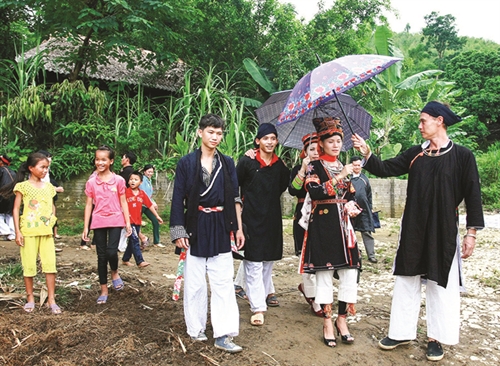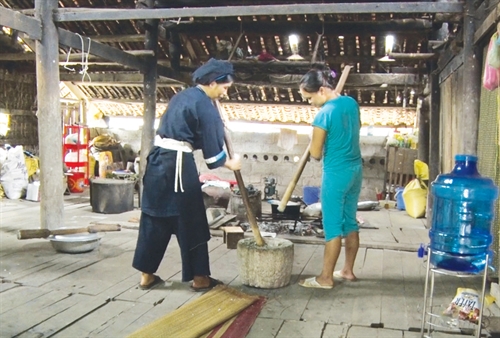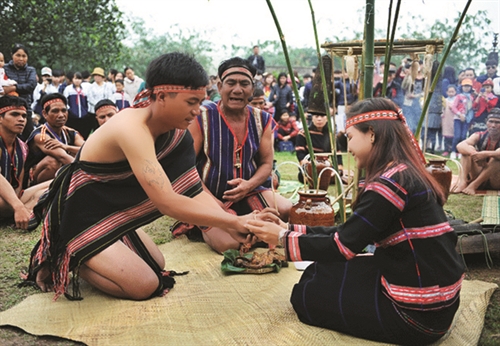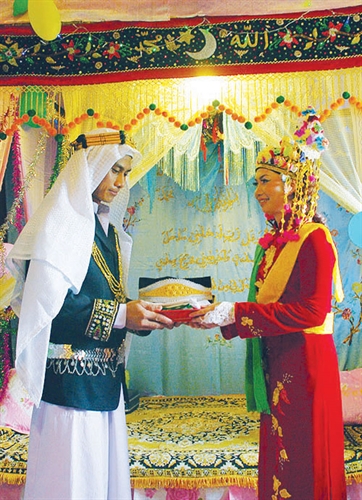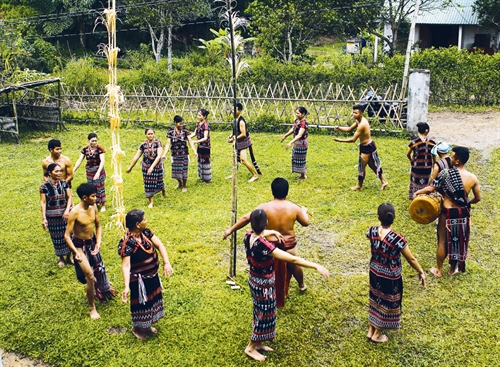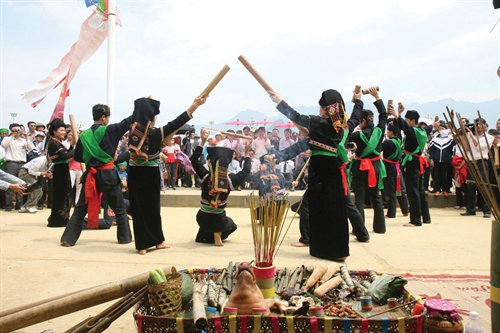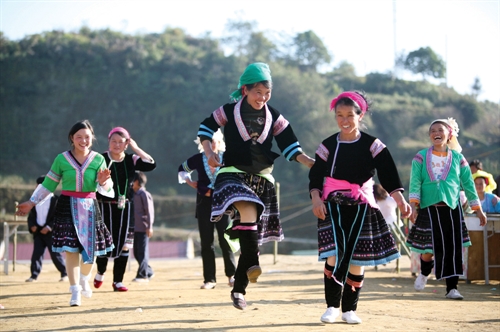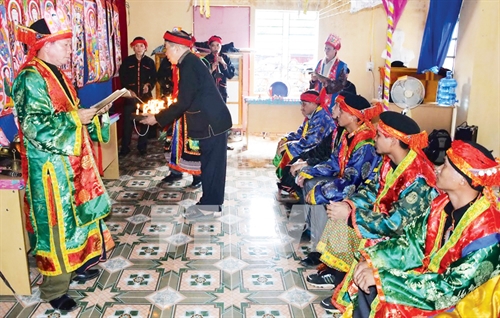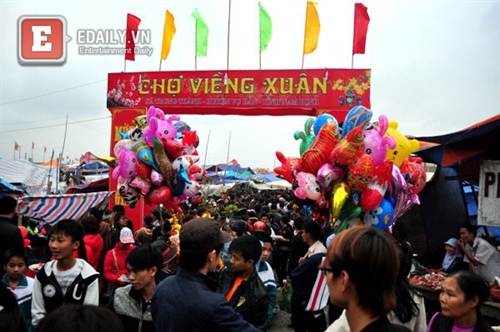Ta Thi Tam, M.A.
Institute of Anthropology
Vietnam Academy of Social Sciences
The Cham is a Malayo-Polynesian language ethnic group living mostly in the central provinces of Binh Dinh, Phu Yen, Ninh Thuan and Binh Thuan. Ninh Thuan province has the highest number of Cham people with more than 74,000 living in 22 villages across the locality.
According to Le Duy Dai, Head of the Vietnamese Culture Research and Collection Division under the Vietnam Museum of Ethnology, based on religions, the Cham are divided into four groups, including Cham Brahman (Hinduists), the most populous one, followed by Cham Muslims, Cham Islamists, and irreligious Cham people.
The Kate festival is one of the most important events in the year of the Cham Brahman. In the past, the festival used to be a fortnight ritual worshipping the Father God, called Yang Po Yang Ama. Today, the Kate festival is considered Tet holidays when the Cham Brahman return home to reunite with their families. The Kate festival has grown popular among people around the country, becoming one of the biggest festive events in Vietnam, attracting thousands of domestic and international visitors every year. In 2007, the Kate festival was recognized by the Minister of Culture, Sports and Tourism as a national intangible cultural heritage.
The Kate festival takes place in a vast space and lasts for a long period with the main ritual ceremony falling on the first day of the seventh month of the Cham calendar, late September or early October of the calendar year. The festival is held at the same time in three different temples in Ninh Thuan province, including the towers of Po Klaong Girai in Phan Rang-Thap Cham city and Po Rome and Ponagar in Ninh Phuoc district. Nowadays, the festival is also revived at Po Sah Inu tower in Phan Thiet city of Binh Thuan province.
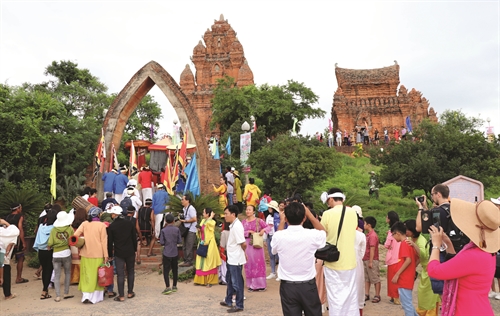 |
| Cham Brahman people and tourists flood in Po Klaong Girai tower during the 2019 Kate festival __Photo: Cong Thu/VNA |
The official ceremony of the festival will undergo four steps: processioning costumes of gods and goddesses, opening the temples’ gates, bathing genie statues, and changing the costumes of genie statues.
The Cham gather at a temple where the festival will be organized to attend a ritual held to welcome costumes of the gods and goddesses who are worshipped at the temple, including Goddess Ponagar, the mythological mother of the Vietnam’s ancient Champa kingdom, and King Po Klaong Girai and King Ro Rome. In the past, costumes of gods and goddesses used to be kept by the Raglai, who has the kinship relationship with the Cham. Therefore, the Cham people had to organize a costume-receiving ritual one day before the official opening of the festival to receive the costumes from the Raglai. But nowadays, such a ritual is held only at the Ponagar tower to receive the Goddess Ponagar’s costumes as the Raglai has handed over the costumes of King Po Klaong Girai and King Ro Rome to the Cham.
The second step of the ceremony is opening tower gates. The formality is conducted by the tower head representing the Cham Brahman community, called Po Adhia. Po Adhia prays for the land deity’s permission to open tower gates. After saying his prayers, he leads the delegation comprising a player of turtle-shell monochord fiddle Kanyi, called Ong Kadhar; a man looking after the tower, called Ong Camanei, and a woman presenting the offerings to gods, called Muk Pajw, to enter the tower.
Then come the rituals to bath and dress genie statues. Po Adhia sprays holy water with aloes wood fragrance on the genie statues which is later dressed by Ong Camanei and Muk Pajw while Ong Kadhar plays his monochord fiddle Kanyi and sings songs extolling the kings.
The offerings prepared for the ceremony include one goat, three chickens, five trays of rice and goat meat soup, trays of fruits, wine, eggs, betel leaves and areca nuts.
The festival closes with folk dances praying for peace and bringing offerings to gods to the sound of monochord fiddle Kanyi, drum Paramung and flute Saranai outside the tower.
The atmosphere of the festival continues to flood Cham villages. To prepare for the village ritual and activities, villagers assign each other to sweep the temple which is considered the common house of the village and prepare offerings and the stage for art performances.
Each Cham village, called Paley, worships its own deity, called Pokal, and choses either Wednesday or Saturday to organize the festival. The village head who conducts the ritual is not necessarily a Cham Brahman dignitary but a prestigious person conversant with the village traditional customs. He will represent villagers to bring offerings to the village deity and pray for peace and blessings for villagers.
On the occasion of Kate festival, several festive activities will be organized in Cham villages such as brocade weaving contests; traditional musical instrument contests; ginger bread and pottery making contests; and folk fan dances.
After attending festive events held by village communities, Cham people will conduct rituals at family, firstly at the Po Adhia’s family and then at other families and clans one after another to thank ancestors for their blessings and pray for a lucky and prosperous year.-

